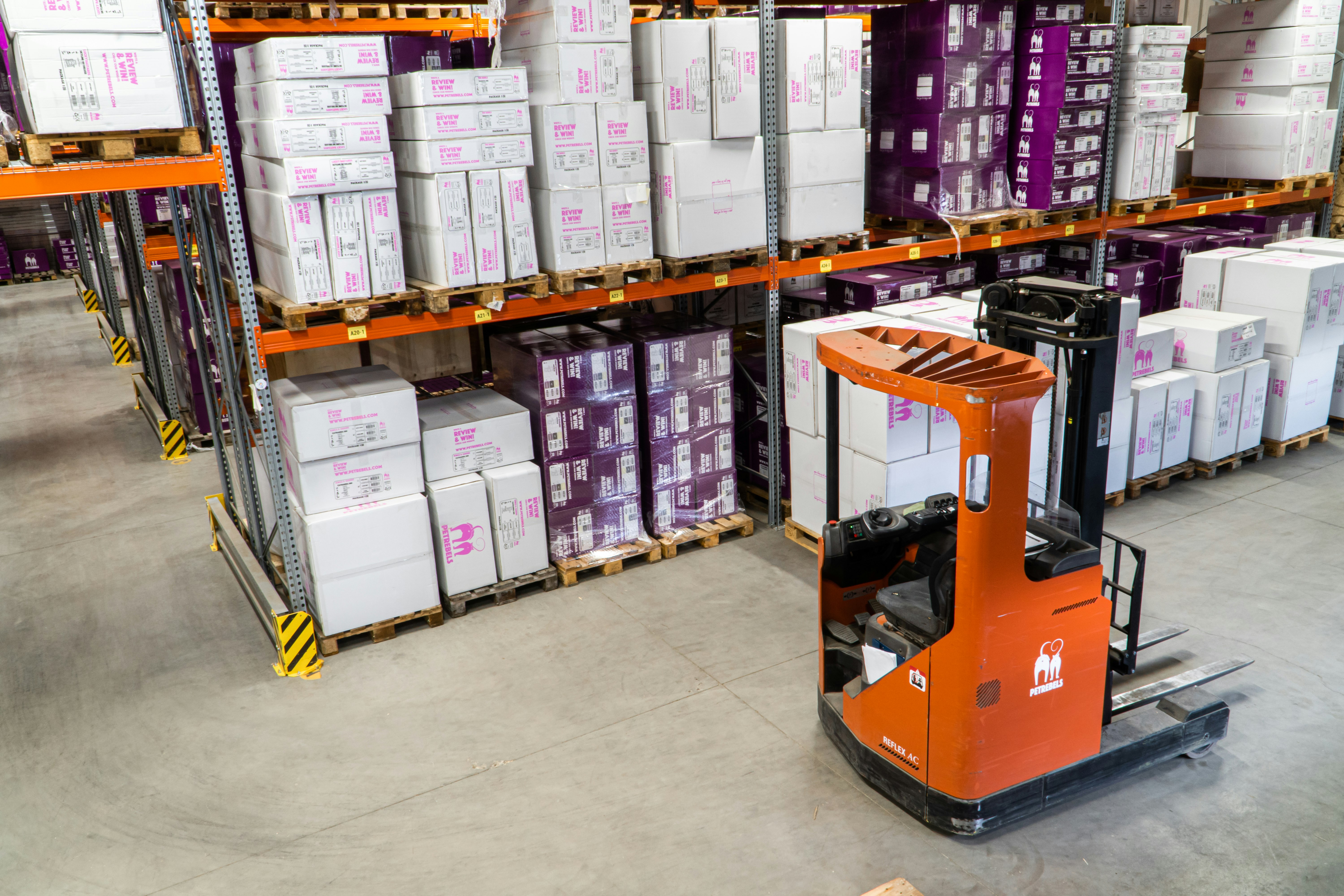The complexity of these connections can become very deep, and sometimes it's difficult to keep track of where problems can crop up. One of the persistent trouble spots in enterprise technology is the ERP that tracks and manages the activities inside the organization. Smaller companies use ERPs the likes of QuickBooks, and that can be perfectly adequate for a wide range of companies. But larger companies with more complex needs tend to use much more robust (and expensive) ERP systems like Oracle Financials and SAP.
A significant portion of the expense of these large systems is the amount of customization and management required to simply get them set up in the way the company wants them to work. And there are plenty of people who have made long careers consulting on these implementations. I've heard of implementations that have been in process for 5+ years with no firm completion date in sight.
Assuming that a successful supply chain includes both internal and external connections, the problems can come down to issues involved with connecting the ERP that is in constant flux with the EDI provider.
An interesting article on ZDNet recaps a study done over the last 4 years tracking costs, delays, and satisfaction with the results of ERP implementations. While Krigsman (the author of the article) is mainly interested in providing suggestions to CIOs, the take-away from the story is that complex ERP implementations continue to take a long time and experience both cost and deadline overruns, and (disturbingly) overall satisfaction from the efforts is decreasing over the period of the study.
The delays and expenses associated with ERP implementations can affect the internal finances of the enterprise and can also create backlogs in the transaction processing of external supply chain processes. If there are efforts in process in your company that include changes to the ERP system, it's best to get ahead of the curve and be proactive in the planning stages to be certain there are contingency plans for maintaining functionality for the external connections regardless of any issues that will surface in the ERP changes.




















 The supply chain is really composed of several 'chains.' There's the supply chain we generally think of - the one that connects trading partners in order to move products from manufacturers to consumers. And there are the internal chains that move the various components of data between applications, departments, functions, and staff members.
The supply chain is really composed of several 'chains.' There's the supply chain we generally think of - the one that connects trading partners in order to move products from manufacturers to consumers. And there are the internal chains that move the various components of data between applications, departments, functions, and staff members.